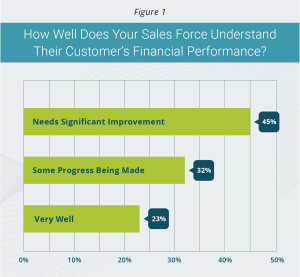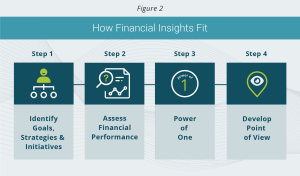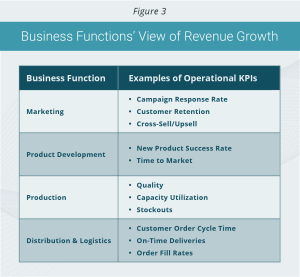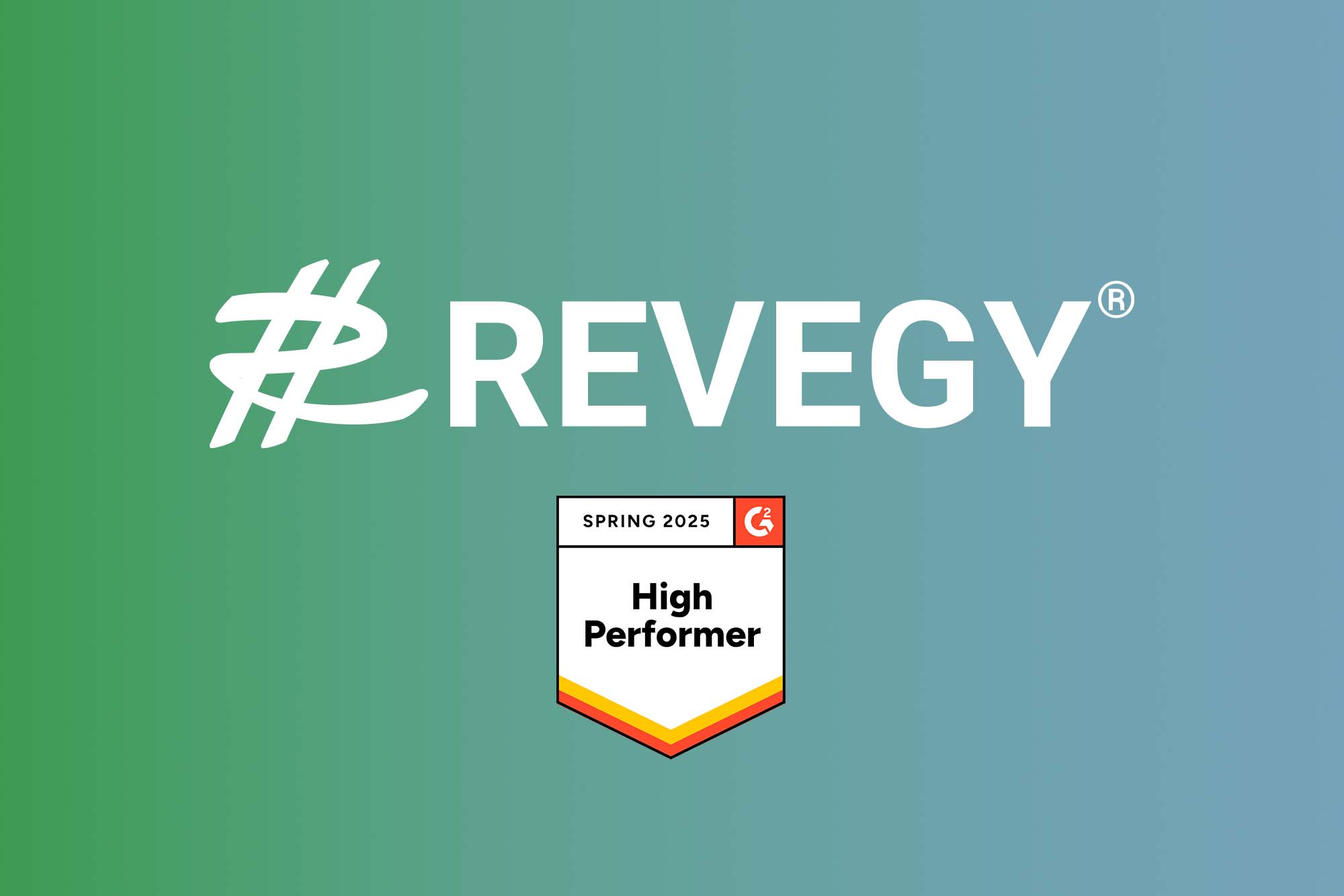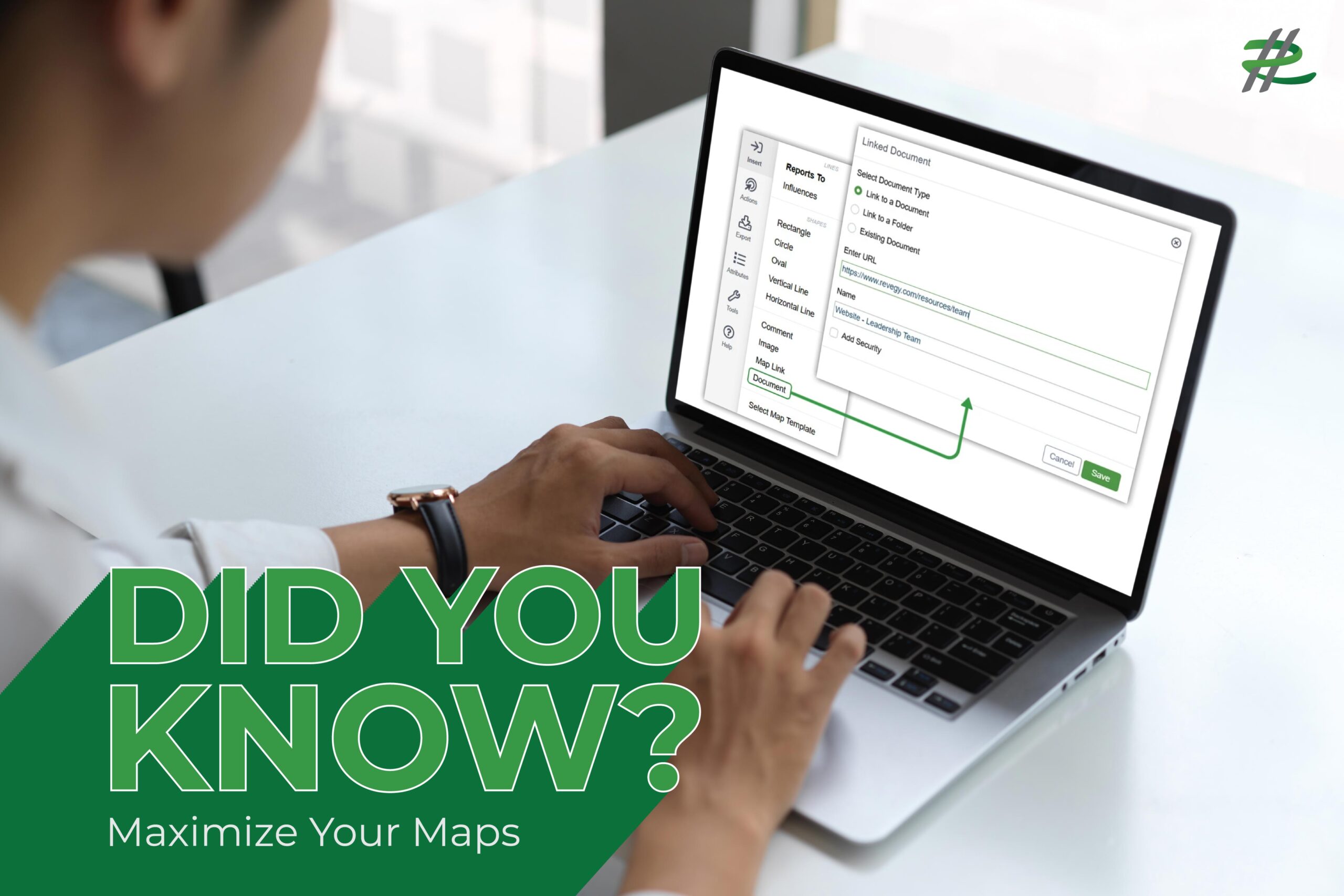Developing client financial insights is one of the key skills that separates top performing sellers from all others. Yet, a recent survey by FinListics Solutions and Revegy reveals that less than 25 percent of sellers believe they understand their customers’ financial performance very well, and almost 50 percent believe their understanding needs significant improvement.
Client financial insights include analyzing a client’s financial performance, identifying areas to explore further, and linking gaps in performance to your solutions. Financial insights help you communicate more effectively with executives, to show the real value of your solutions, and to distance yourself from the competition.
The bottom line is that making client financial insights part of your sales methodology will improve your top line! For example, a global technology solution provider has made client financial insights an integral part of their sales methodology. Many sellers report they have:
- Accelerated sales cycle by more than 10%
- Increased deal size by more than 10%
- Developed stronger relationships with executives
What would it be worth to your company to have 10% bigger deal sizes and 10% shorter sales cycles?
This article provides a framework for developing client financial insights. Financial insights are a key step in insight-led selling as shown in Figure 2.
Step 1:
The process starts with identifying a client’s goals, the strategies to achieve these goals, and business functions’ (e.g. marketing and operations) initiatives that are supporting these goals and strategies. Identifying these will help provide perspective on assessing a client’s financial performance. Annual Reports, investor presentations, analyst calls, and social media are great sources of goals, strategies, and initiatives.
Step 2:
Assessing a client’s financial performance involves more than just reviewing the numbers. The numbers tell you what, but they don’t tell you why. Your goal is to uncover the details behind the numbers. What is management saying about the numbers? What’s happening to operational key performance indicators (KPIs) relevant to the financial metrics? How are the industry business and technology trends influencing financial performance?
It is also important to focus on those areas of performance that are of greatest interest to the business functions you are targeting and where your solutions have a material impact. Conduct the assessment from the business functions’ perspective and the operational KPIs on their dashboard. Figure 3 shows an example of some business functions’ view of revenue growth. They are all focused on revenue growth but how they contribute to managing it is very different. The conversation you would have about how your solutions can help with marketing would be very different than with distribution and logistics.[1]
Step 3
You have assessed your client’s financial performance. Now it’s time to explore the Power of One. What exactly is the Power of One? It’s the financial benefit from a 1% improvement in the operational KPIs related to a business function’s initiatives that can be improved by your solutions. By the way, it is likely your client also uses some form of the Power of One.
Let’s explore a case study. A client with $1 billion in revenue has a goal of growing revenue by improving the customer experience. You know one of marketing’s initiatives is to create more individualized offerings and your solutions can help. More individualized offers will help impact the KPIs of customer retention and cross-sell/upsell.
Early in the sales cycle, you probably don’t know the value of these metrics for the client. You can use industry averages to get started. In retail, for example, survey data from the American Productivity & Quality Center shows customer retention and cross-sell/upsell are 93% and 7%, respectively. The Power of One annual revenue benefits are:
- Customer retention $9.3 million ($1 billion x 93% x 1%)
- Cross-sell/upsell $0.7 million ($1 billion x 7% x 1%)
The Power of One provides valuable insights into where your solutions deliver the greatest value. It is a great way to break the ice in conversations with client executives.
Step 4
In your point of view (POV), make sure you tell the buyer something they don’t know. Two of the buyers’ biggest gripes are sellers don’t know their business and they don’t tell them anything new.
Your POV includes items like:
- Your understanding of the client’s goals, strategies and initiatives how these are influenced by industry business and technology trends; and their financial performance.
- Your assessment of the client’s financial performance. Again, focusing on those areas most important to the business functions you are targeting, and your solutions that add the greatest value. Don’t get bogged down in all the numbers but reference the trends and how they compare to their peers.
- A clear statement of “How” your solutions potentially can help the business function implement their initiatives, including use cases. This is a group effort including sales, product managers, solution architects, and industry experts.
- Share the risks and potential rewards: Where have you seen other clients in their industry successfully implement similar initiatives and those where the promised benefits were not delivered?
- Use the Power of One to provide a financial dimension to the conversation. Ask how the Power of One using industry averages compares to their numbers? What is their goal? This helps provide insights into the relative importance of your solutions.
Your mission now is to apply the steps in Figure 2 to your clients. It may seem like a lot of work and initially, it is. The good news is that it will separate you from the competition. And, it tends to be scalable across clients in the same industry. Remember the benefits shared earlier:
- Accelerated sales cycle by more than 10%
- Increased deal size by more than 10%
- Developed stronger relationships with executives
Good luck.
Get the most up-to-date account management news by following us on LinkedIn: Revegy and FinListics.
[1] For more insights on customizing your conversation with different business functions, see Tailoring Your Message.


